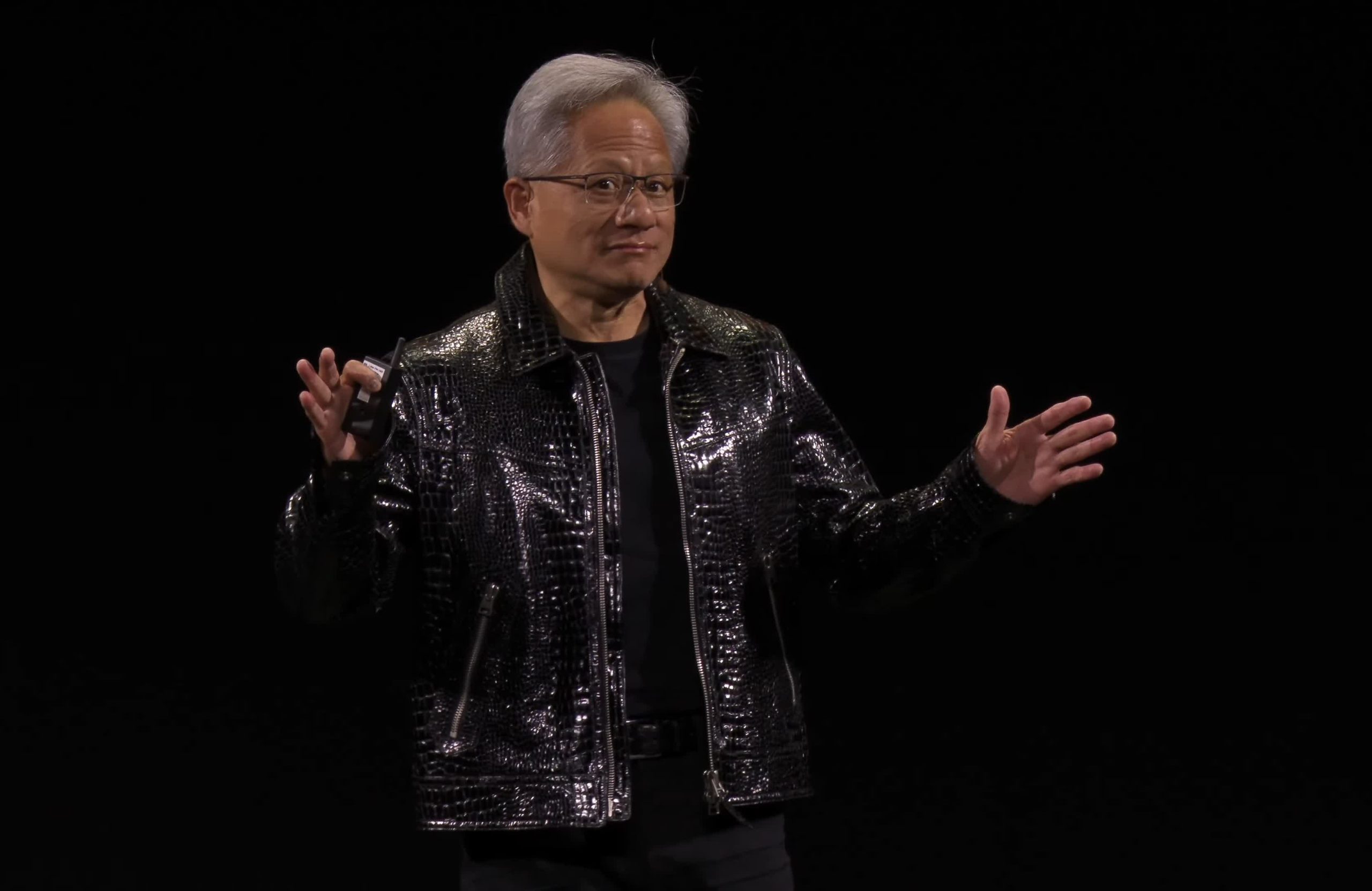The Lower Jurassic Lufeng Formation of China has long been recognized for its diverse early-diverging sauropodomorph dinosaurs, with eight genera and ten species, representing more than half the Laurasian records. In this paper, we describe a new genus and species of non-sauropodan sauropodomorph, Lishulong wangi gen. et sp. nov., from Yunnan Province in southwestern China. This new taxon is represented by a partial skeleton including the skull and nine articulated cervical vertebrae, which differs from other Lufeng forms in both cranial and cervical characteristics. It bears several autapomorphies of the nasal process, the maxillary neurovascular foramen, and the cervical neural spine. Phylogenetic analysis reveals that Lishulong is an early-diverging member of the Sauropodiformes, and the sister-taxon of Yunnanosaurus. Elucidating the novel osteology of Lishulong, it possessed the largest sauropodomorph cranial material currently identified from the Lufeng Formation, not only enriches the diversity of the Lufeng dinosaur assemblage, but also enhances our understanding of the character evolution in early-diverging sauropodiforms. Furthermore, information about paleobiogeographic distributions indicates that Early Jurassic sauropodomorphs, especially Chinese taxa, have maintained multiple dispersions and exchanges within Pangaea.

 |
| the cranium of Lishulong wangi gen. et sp. nov. Photograph (A) and interpretative line drawing (B), in right lateral view and left lateral view. |
Systematic Paleontology
Dinosauria Owen, 1842
Saurischia Seeley, 1888
Sauropodomorpha von Huene, 1932 (sensu Sereno, 2007)
Massopoda Yates, 2007
Sauropodiformes Sereno, 2007 (sensu McPhee et al., 2014)
Lishulong wangi gen. et sp. nov.
Holotype: LFGT-ZLJ0011. An associated partial skeleton that includes the cranium and mandible, and nine cervical vertebrae (axis and C3–C10)
Differential diagnosis: A large non-sauropodan sauropodiform dinosaur with the following unique combination of character states (autapomorphies are indicated by an asterisk): width of the anteroventral process of nasal at its base less than that of its anterodorsal process*; size of the neurovascular foramen at the posterior end of the lateral maxillary row not larger than the others*; shape of the supraoccipital is semilunate and wider than high in posterior view; height to length ratio of the dentary greater than 0.2; lingual concavities of the teeth present; lateral expansion at the anterior region of the dorsal surface of the cervical neural spines*.
Type locality and horizon: The specimen was discovered near the Jiudu Village in Konglongshan Town (formerly named Chuanjie Township), Lufeng County, Yunnan Province, China; and the upper-middle part of the Shawan Member of the Lufeng Formation (Fang et al., 2000), Lower Jurassic. Magnetostratigraphic analyses (Cheng et al., 2004; Huang et al., 2005) revealed the age to be Early Jurassic (late Sinemurian–Toarcian).
Etymology: The generic name is from ‘Lishu’ (chestnut tree in Chinese spelling), the name of the locality where the specimen was found, and ‘long’ refers to a dragon (in Chinese spelling); this specific epithet is in honor of Mr. Zheng-Ju Wang, for his great contributions to the early discoveries of vertebrate fossils from Lufeng.




Leave a Comment